Jump to Section
- Why Crate Training Helps
- Step 1: Choose the Right Crate
- Step 2: Create a Positive Space
- Step 3: Introduce the Crate Slowly
- Step 4: Build Positive Association
- Step 5: Start Closing the Door
- Step 6: Practice Short Absences
- Step 7: Use the Crate Consistently
- FAQs
Why Crate Training Helps

Done right, a crate becomes your dog’s safe place — like a bedroom. It helps with toilet training, prevents destructive behaviour, and gives your dog a retreat when they need quiet. For you, it provides peace of mind and a calmer home.
Step 1: Choose the Right Crate
The crate should be big enough for your dog to stand, turn around, and lie down comfortably — but not too big that they can use one side as a toilet. Choose between metal, soft-sided, or plastic crates depending on your dog’s temperament and your lifestyle.
Step 2: Create a Positive Space
Place the crate in a calm, low-traffic area of your home. Add a soft blanket, a safe chew toy, and something that smells like you. Leave the door open — this isn’t about confinement, it’s about comfort.
Step 3: Introduce the Crate Slowly
Let your dog explore the crate at their own pace. Never force them inside. Toss a treat or toy in and praise them for showing interest. If they choose to go in and lie down, reward that moment.
Step 4: Build Positive Association
Feed your dog their meals just outside the crate at first, then gradually move the bowl inside. Keep the door open. You want your dog to associate the crate with good things — food, toys, safety, and calm.
Step 5: Start Closing the Door
Once your dog is comfortable inside, begin closing the door for a few seconds while they eat. Gradually increase the time. Always stay calm and neutral — no dramatic exits or fussing over them while they’re inside.
Step 6: Practice Short Absences
Step out of sight for a few minutes, then return. Vary your routine so they don’t associate the crate only with being left alone. Always return before they get distressed — you're building confidence, not dependence.
Step 7: Use the Crate Consistently
Use the crate for naps, quiet time, and overnight sleep. Avoid using it as punishment. Dogs learn fastest through consistency and calm reinforcement. Many will naturally choose the crate for rest once it feels safe and familiar.
FAQs
How long can I leave my dog in a crate?
Adult dogs can be crated for up to 4–6 hours during the day. Puppies need more frequent breaks — around one hour per month of age. Overnight is usually fine once they’re trained.
What if my dog cries in the crate?
Ignore mild whining — it may be an adjustment period. But if it escalates to distress, you may need to slow down. Go back a step and rebuild trust through positive association.
Can crate training work for older dogs?
Yes. Adult dogs can learn to love a crate, especially when it’s introduced with patience and respect. It’s never too late.
Should I cover the crate?
Many dogs find a covered crate more calming. Use a breathable blanket or crate cover and leave one side open for airflow. Watch your dog’s response — not all prefer it.
Is it cruel to crate a dog?
Not when done right. Crate training offers security and structure. It’s about creating a safe retreat, not punishment or isolation. Follow a positive approach and your dog will come to love their crate.


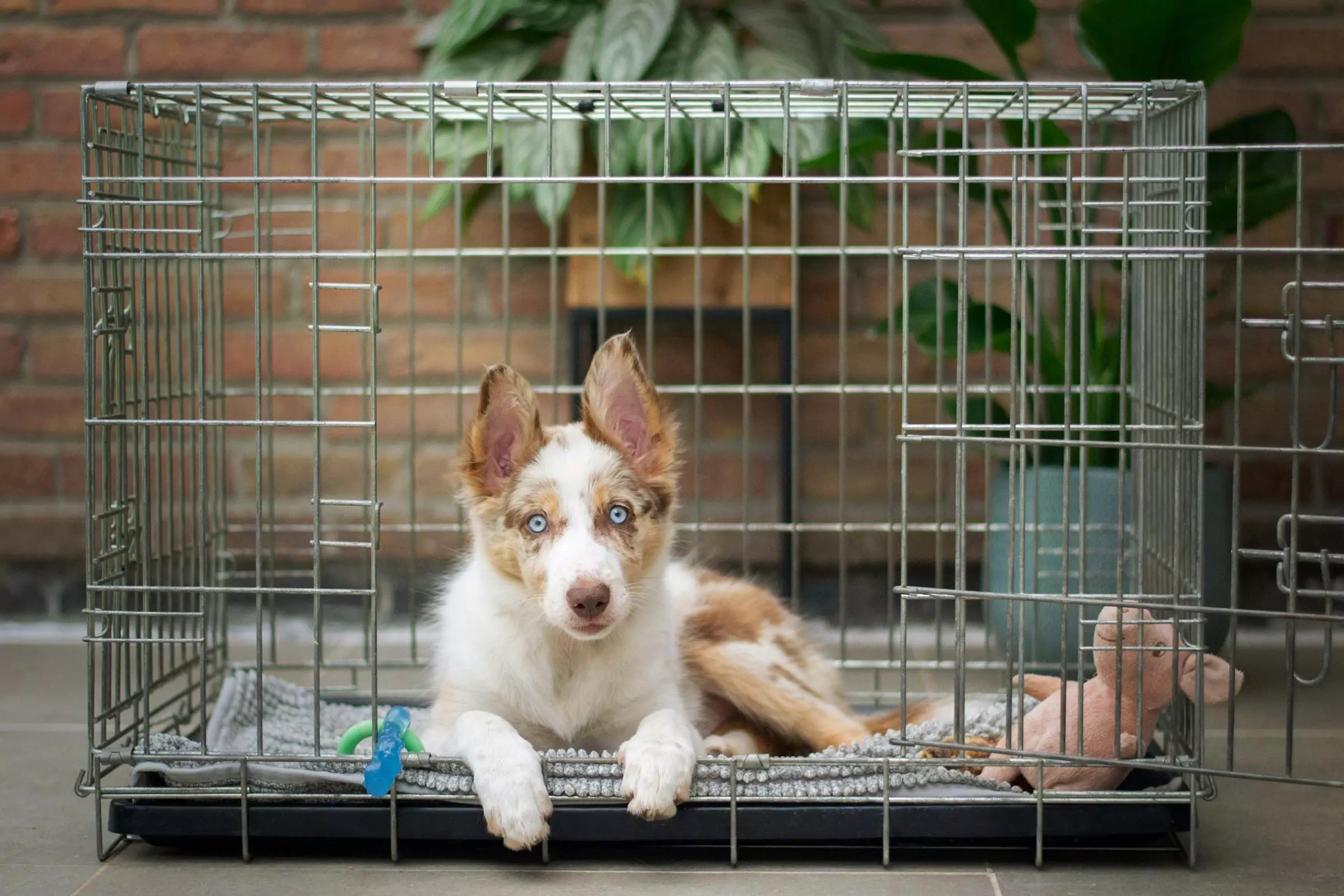
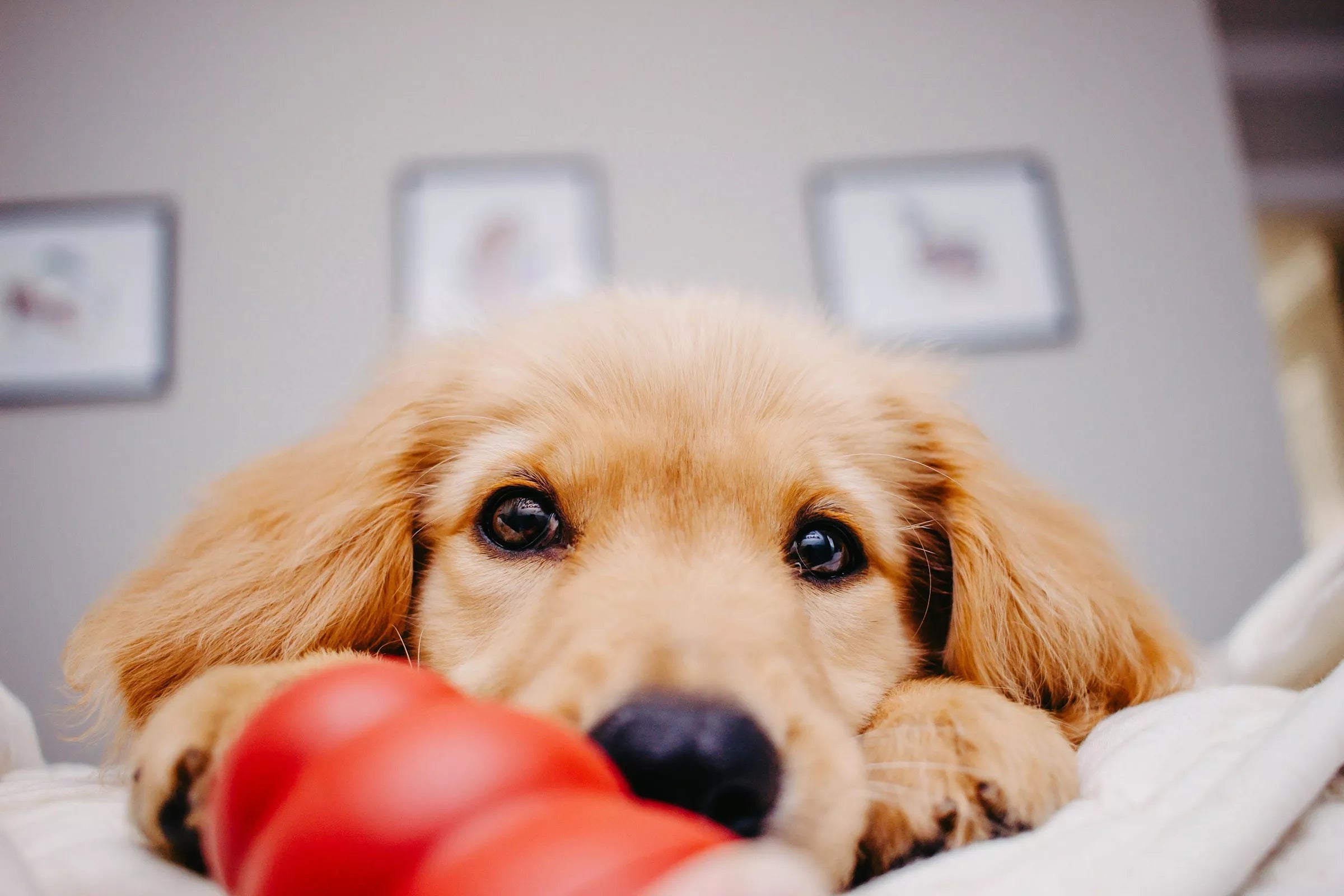
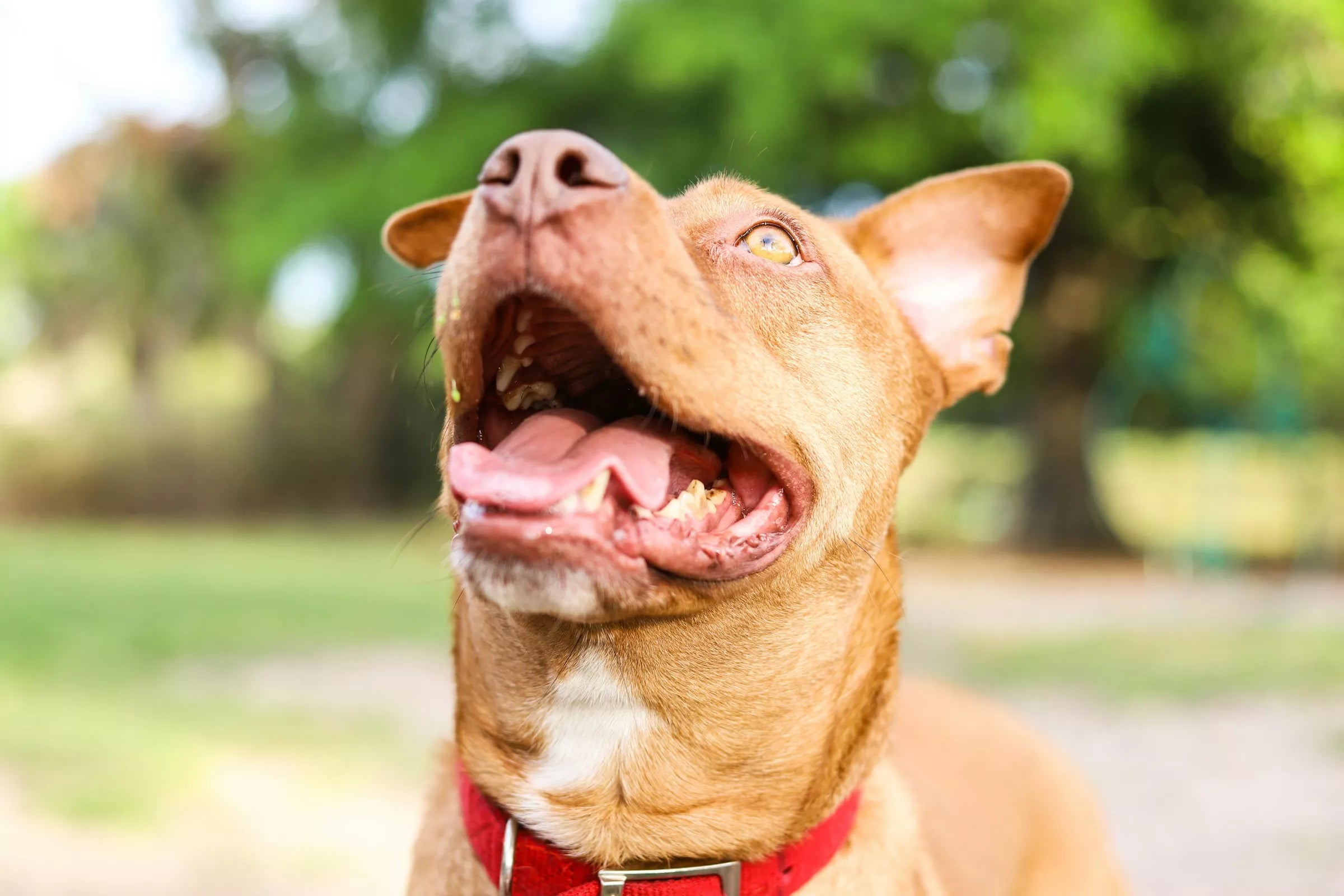

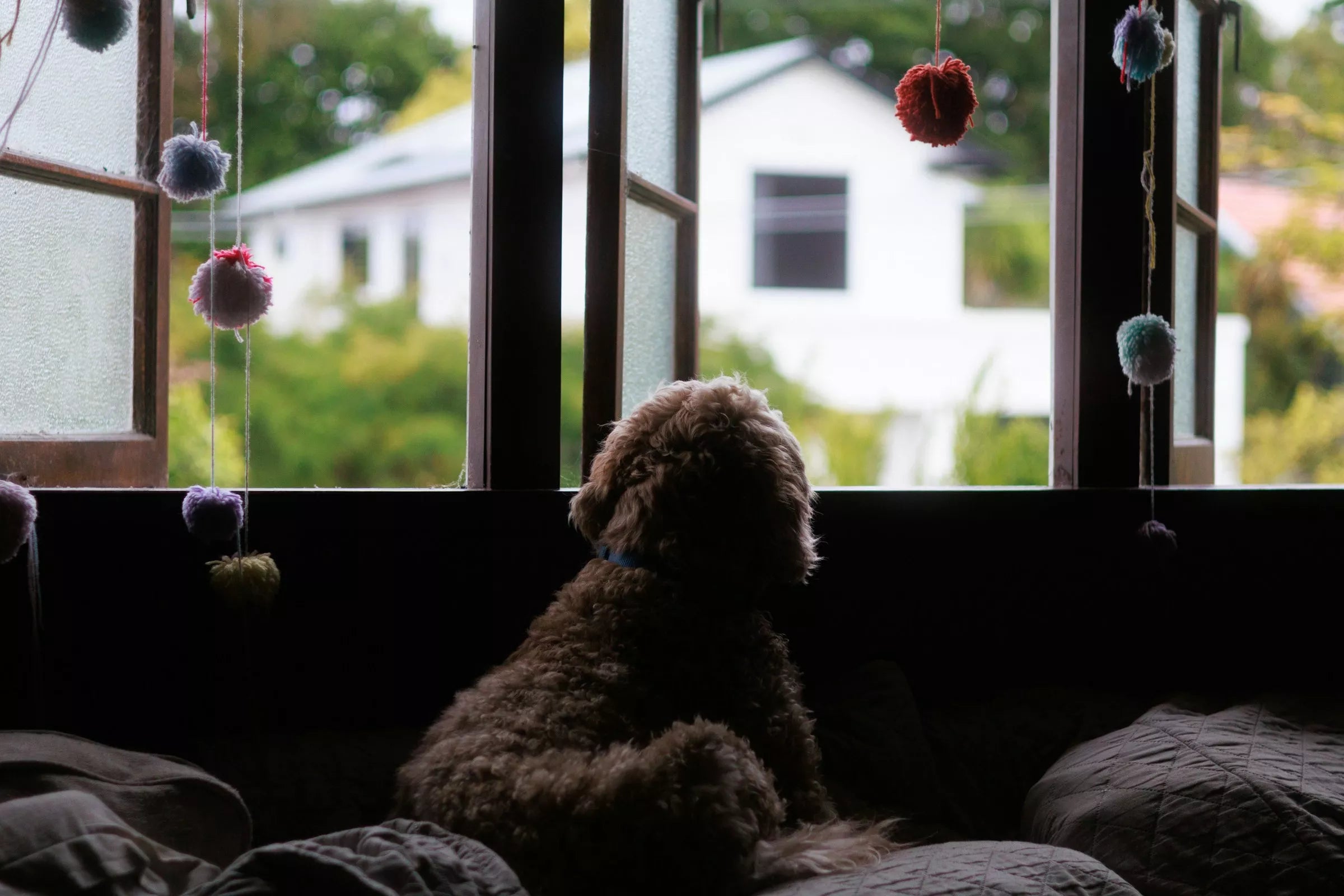

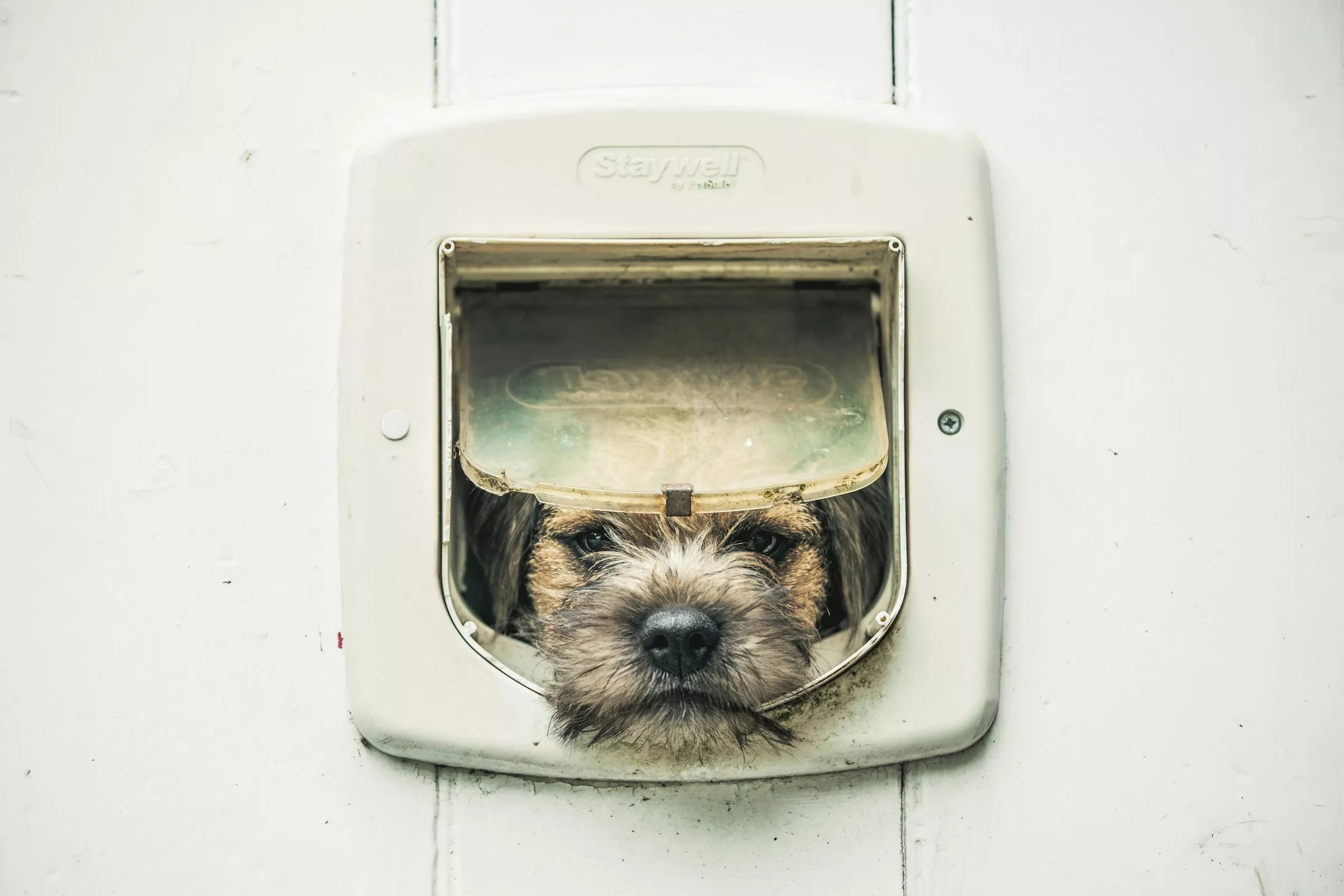






Share:
How to Keep Your Dog Safe During Summer Heatwaves
The Ultimate Summer Dog Travel Checklist